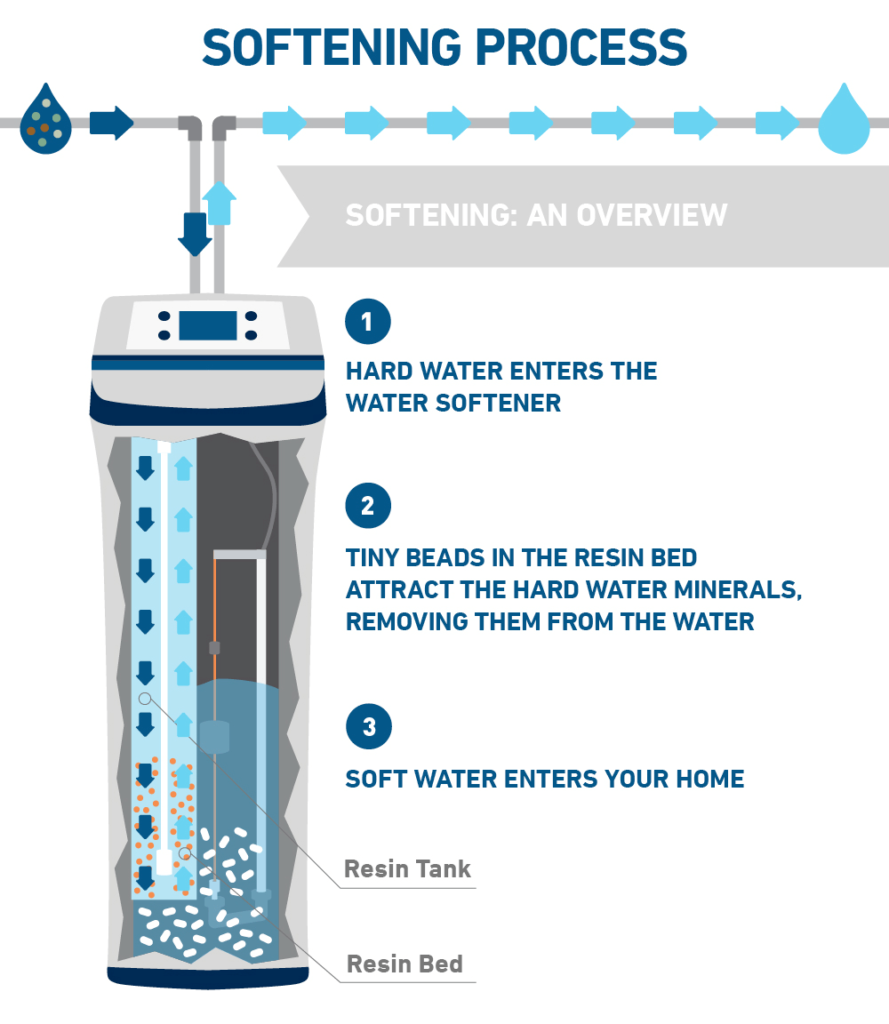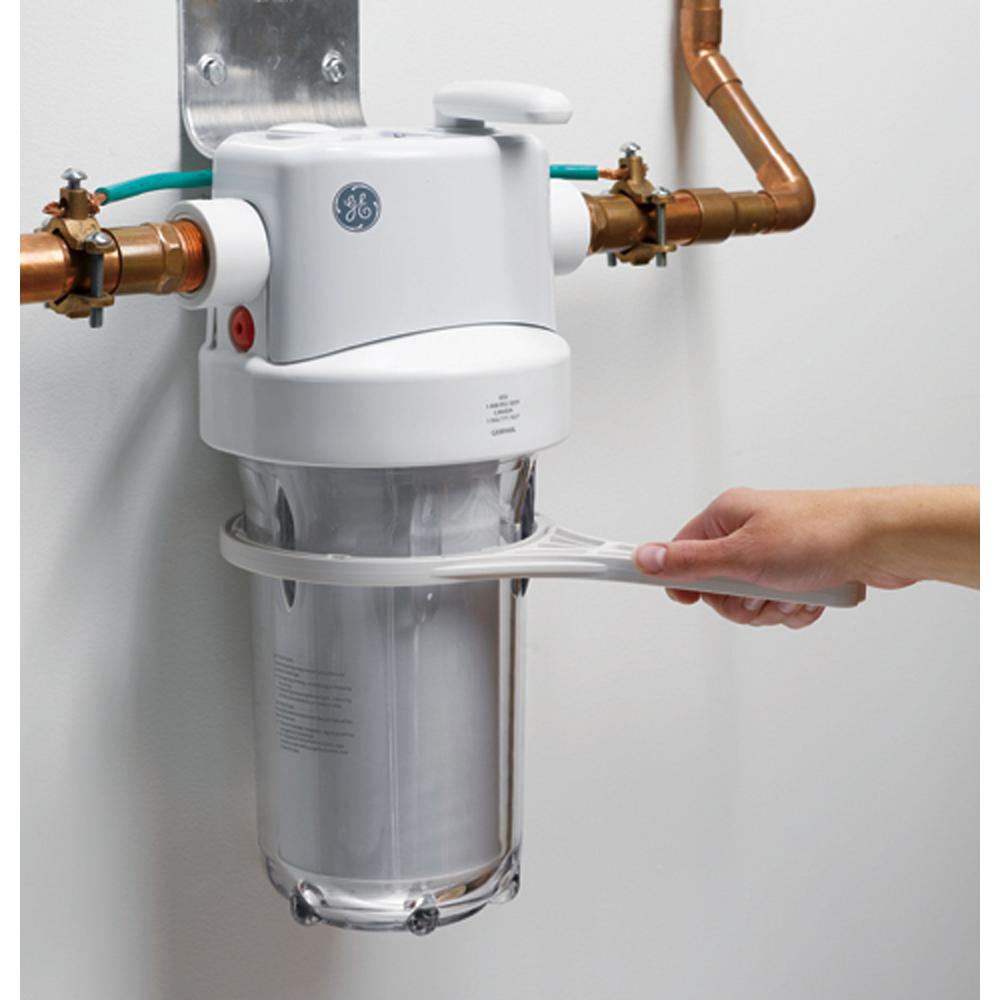Table Of Content

Mineral deposits can form on coffee pots and tea kettles – though they can also build up inside your plumbing where you might not notice the scales until it’s too late. Conversely, if you’ve got yourself a salt-free water softener system, it would rely on Nanotechnology to change the structure of water molecules. That, in turn, will turn the same water molecules that were previously responsible for causing hardness to focus their attention on non-scale building. To give this water softener with their seal of approval, NSF has bestowed this water softener with their standard 44. This double-certification means that you can count on the AFWFilters to address most of your hard water issues. If you’re not keen on DIY, you’ll be better off hiring a plumber to install your water softener for you.
Use a Reverse Osmosis System
Once you’re done doing all that, follow the instructions given in your system’s manual to configure it. As excess of anything is bad, you neither want a system that does frequent regenerations nor do you want a system that goes weeks without them. To find out the answer to this question, you can use this online water consumption calculator. As we found out while trying to install this system, some of the instructions given in its manual are either inadequate or downright useless.
What’s the difference between a water softening system and a water filtration system?
In our opinion, the SpringWell FutureSoft is the best overall salt-free water softener system. Post-treatment in the SS, our water hardness had dropped to just 0.34 GPG, so the SpringWell SS had reduced 97.5% of calcium and magnesium minerals. Ultimately, the decision hinges on your specific water quality issues, priorities and long-term household needs.
The Best Filters for Your Drinking and Household Water Supply
What's Best: A Whole-House or Under-Sink Water Filter? - Consumer Reports
What's Best: A Whole-House or Under-Sink Water Filter?.
Posted: Wed, 13 Oct 2021 07:00:00 GMT [source]
The National Sanitation Foundation (NSF) tests and rates water filters and has developed requirements for safety and performance. The number signifies that the order, requirement or protocol was established, and not focused on the rating. Pre-sediment filters trap sand, dust and large metal contaminants from water, typically down to around 50 microns.
It’s a salt-based softener, though you’ll actually use regular table salt instead of special softener salt pellets. It takes about 30 minutes to run a regeneration cycle, so you won’t need to wait too long if you run out of soft water while washing up some dishes during your next camping trip. These devices soften water through an ion exchange system, which effectively removes calcium and magnesium—the causes of limescale buildup on your plumbing fixtures—from the water.

Having said that, the carbon filter replacement cartridge costs $83.35, the iron filter replacement costs $117.37, and the sediment replacement filter costs $34.49. Overall, if you are looking for cheaper house water filtration systems, this is a model to take a look at. Similarly, if you’re on well water you can swap one of the CTO filters for a catalytic carbon filter media that reduces both iron and manganese and for increased filter capacity. Filter lifespan & capacity – This model has a 1,000,000 gallon capacity, which is a filter life of about 10 years depending on your water usage. Certifications – These SpringWell water filters have not been NSF or WQA certified but Springwell is a trusted brand in the filtration space.
H2O Concepts: Whole house water filtration system that replaces RO and water softener - ABC15 Arizona in Phoenix
H2O Concepts: Whole house water filtration system that replaces RO and water softener.
Posted: Fri, 20 Jan 2023 08:00:00 GMT [source]

While salt-based water softening systems do add salt to the water, it is such a small amount that it frequently goes unnoticed. The downside to salt-based softeners is that the positively charged sodium ions in the resin do run out and need to be recharged with salt about once a week. These water softeners are also much larger than magnetic or salt-free water softeners, so they aren’t ideal for smaller spaces. Relatively simple whole house water filters can be installed quickly as a DIY project if you have some plumbing experience or knowledge. The process involves ensuring the water to the home is turned off at the water main valve, cutting the pipe, installing a pair of valves, a bypass line and valve and the filter itself.
Rheem Preferred 32,000-Grain Water Softener
It effortlessly regenerates with two boxes of common table salt in less than 30 minutes and provides soft water for up to 40 days, depending on usage. Cut into the mainline using a pipe cutter and sand down the edges of the resulting pipe. Connect the incoming water to your softener’s inlet port and the outgoing to the unit’s outgoing port.
Just keep in mind that dual-tank systems can take up a lot of floor space. The best water-softener systems remove calcium and magnesium deposits, improving the overall quality of a home’s water. The following water-softening systems are some of the most reliable products in their respective categories. However, the reason isn’t often because the plumbing is more complex, but correctly setting up the filtration requires additional system knowledge.
Instead, they use a magnetic field to strip negative or positive ions from heavy minerals, neutralizing them. Once they are no longer positively or negatively charged, the minerals cannot bond to each other and remain entirely soluble in the water. Salt-free water softeners have a template-assisted crystallization system consisting of polymeric beads that hold microscopic nucleation sites. When heavy minerals attach to these sites, they begin to form into crystals through a neutralization process. Once established, the crystals detach and do not bond to anything, preventing mineral buildup to soften water.
It’s a great option for individuals who are concerned about chlorine, heavy metals, or other pollutants in their water and want the freedom to construct their own solution. It also prevents the growth of bacteria and algae, and the sediment pre-filter works on suspended particles. If you plan to purchase a Kind℠ Whole House Water System, please consider upgrading your system with our Premium Kind℠ UV Purification System. Enjoy the additional benefits of knowing that your home’s water is 99.99% free of all pathogens, viruses, and bacteria.
We have used the criteria above to narrow down all the highly-rated whole house water filters. Out of all of them, these ten are the best for filtering water in your home. When shopping for a whole-house filtration system, keep in mind that it must be cost-effective and include the installation expenses as well as expected water filter replacements.


No comments:
Post a Comment